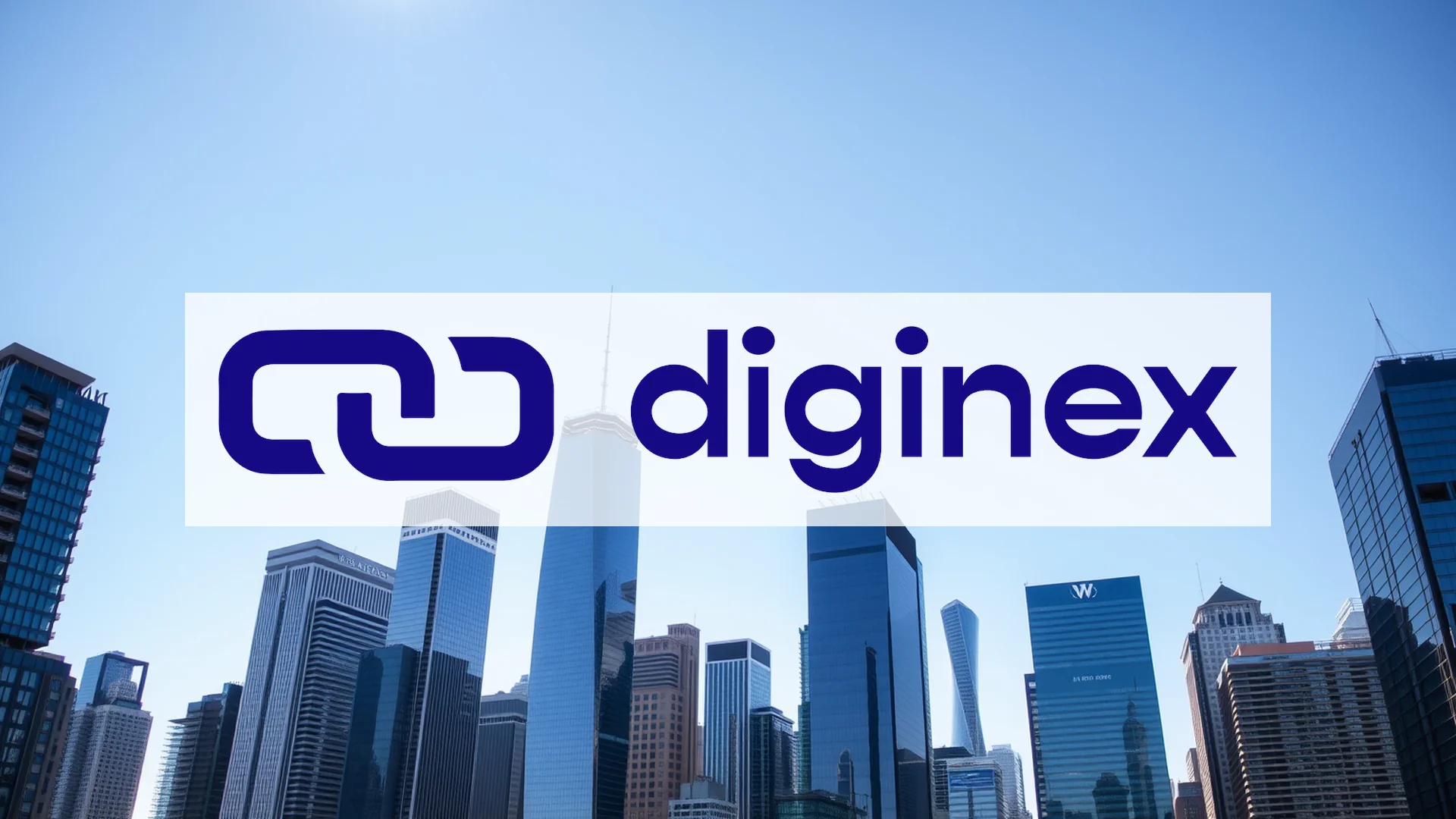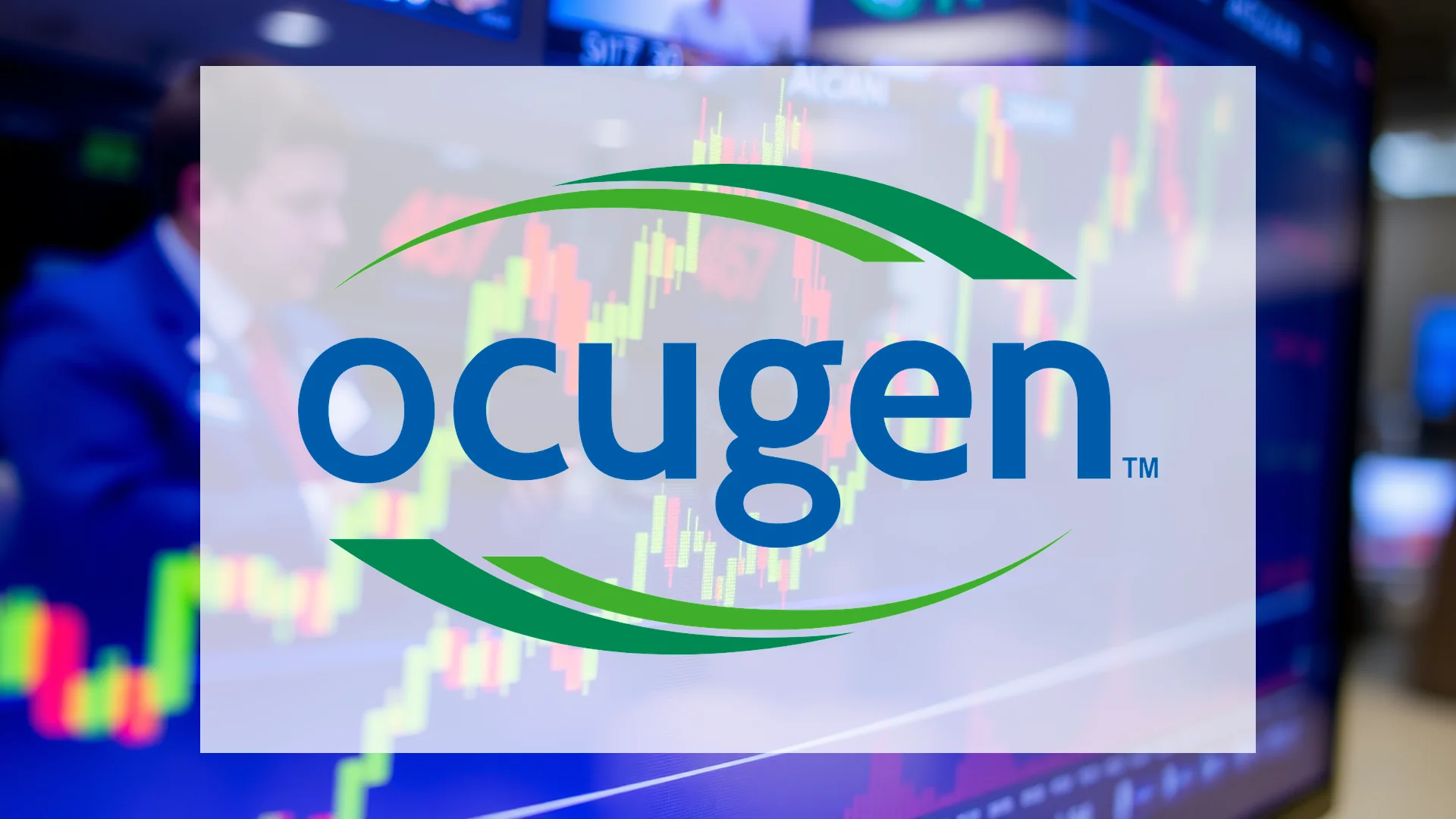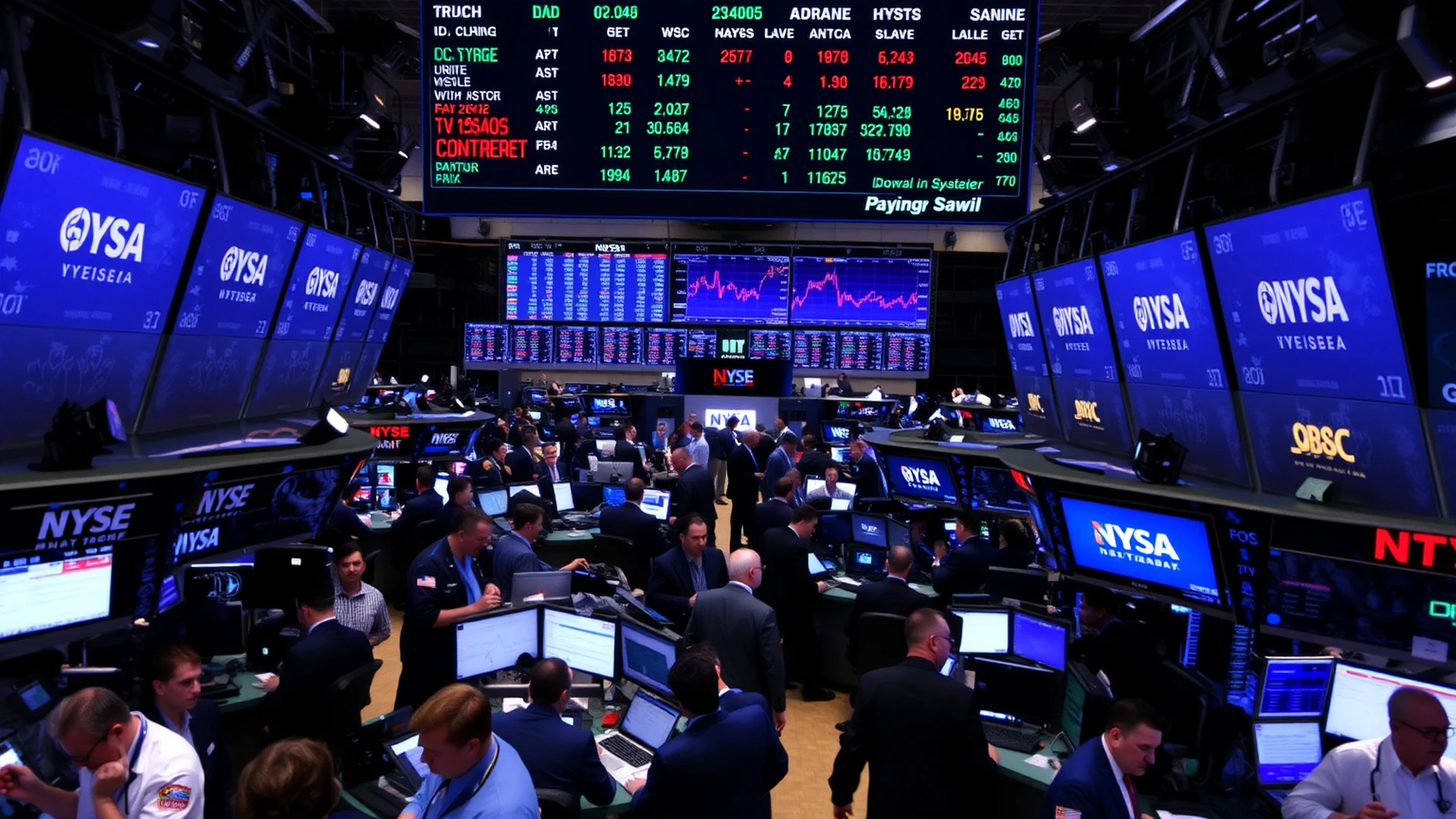PepsiCo, the beverage and snack food titan headquartered in Purchase, New York, is confronting an emerging market challenge that few had anticipated: the rising popularity of weight-loss medications. Although the firm continues to deliver reliable dividend payments, market analysts are growing skeptical about its growth trajectory, leading to downward revisions in their forecasts. The central question for investors is whether Pepsi can successfully navigate this new landscape or if it faces a period of sustained pressure.
Dividend Increase Offers Some Solace
For investors focused on income, PepsiCo recently announced encouraging news. The board has authorized a 5% increase in the quarterly dividend, raising it to $1.4225 per share. This adjustment translates into a yield of approximately 3.9%, maintaining the stock’s appeal for those seeking regular income. The distribution is scheduled for January 6, 2026, to shareholders of record as of December 5, 2025. However, this positive development is tempered by concerns over whether consistent dividend growth alone can maintain investor enthusiasm if the company’s core business operations face headwinds.
GLP-1 Medications Pose a Significant Challenge
The primary source of analyst concern stems from a report by investment bank Piper Sandler. The firm has adjusted its outlook for PepsiCo shares, citing an unusual but potent risk: the expanding use of GLP-1 agonist drugs for weight management. These pharmaceuticals suppress appetite, leading consumers to potentially purchase fewer sugary drinks and high-carbohydrate snack foods—the very products that form the foundation of PepsiCo’s revenue stream.
Should investors sell immediately? Or is it worth buying Pepsi?
In response to this trend, Piper Sandler reduced its price target from $162 to $161 per share. The bank also revised its earnings per share forecast for 2026 downward to $8.73. Furthermore, analysts project that volume growth could decline by 0.5 to 1.0 percentage points per quarter throughout the coming year. Despite these adjustments, the bank maintained its “Overweight” rating on the stock, indicating that the long-term perspective may not be entirely negative.
Technical and Market Sentiment Reflect Uncertainty
From a technical analysis standpoint, the stock presents a conflicted picture. After a brief dip below its 50-day moving average, the share price has managed to stabilize above this level, which is typically viewed as a short-term positive signal. Nevertheless, a definitive upward trend has yet to materialize. The stock’s current price of $146 remains substantially below its 52-week high of $165, suggesting that confidence in its growth narrative has been shaken.
Trading activity has increased, with a recent volume of 8.95 million shares, pointing to heightened investor anxiety. The combination of a solid dividend profile and dampened growth prospects places PepsiCo in a unique category—appealing to more conservative investors but offering limited excitement for those chasing high growth. The stock’s near-term direction appears fragile without a sustained breakout above the $150 resistance level.
Ad
Pepsi Stock: Buy or Sell?! New Pepsi Analysis from November 26 delivers the answer:
The latest Pepsi figures speak for themselves: Urgent action needed for Pepsi investors. Is it worth buying or should you sell? Find out what to do now in the current free analysis from November 26.
Pepsi: Buy or sell? Read more here...









